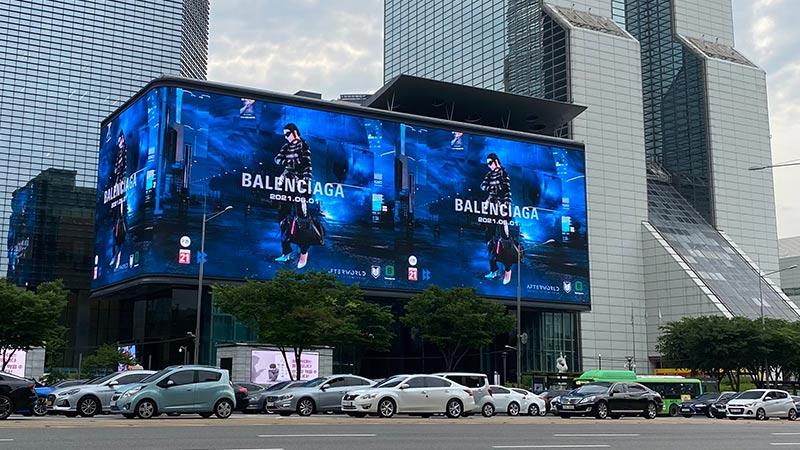Carl Jones, Senior Lecturer at Westminster School of Media and Communications, has written an article for The Conversation, titled Balenciaga’s Controversial New Campaign and the Long History of ‘Shockvertising’.

Jones is an expert in branding, having worked 25 years in advertising. In his experience, all major brands have employees and strict processes before approving a campaign, especially Balenciaga, which spends about US$100 million a year on publicity.
According to the piece, the technique of ‘shockvertising’ deliberately aims to startle or offend its audience through violating social rules and values. Jones brings up the examples of fashion brands, such as Benetton, using the imaginary of a dying man suffering from AIDS; the campaign by French Connection around the acronym FCUK (French Connection United Kingdom); and Calvin Klein’s adverts featuring 15-year-old Brooke Shields in provocative positions.
People associated with these campaigns can take advantage of the media coverage around them. For example, Kim Kardashian, who has been the face of Balenciaga in recent years reacted to the controversy on Instagram, allowing her fans to voice their opinions. The photographer of the campaign, Galimberti, has received great attention since, bringing his name to a bigger audience.
At the end of the article, Jones writes: “Shockvertising strategies allow adverts to be seen by millions of potential consumers despite being aired for only a limited amount of time before being taken down. As the current Balenciaga controversy demonstrates, the way to make paid advertising work harder is to get it talked about for free.”
Read the full article on The Conversation’s website.


